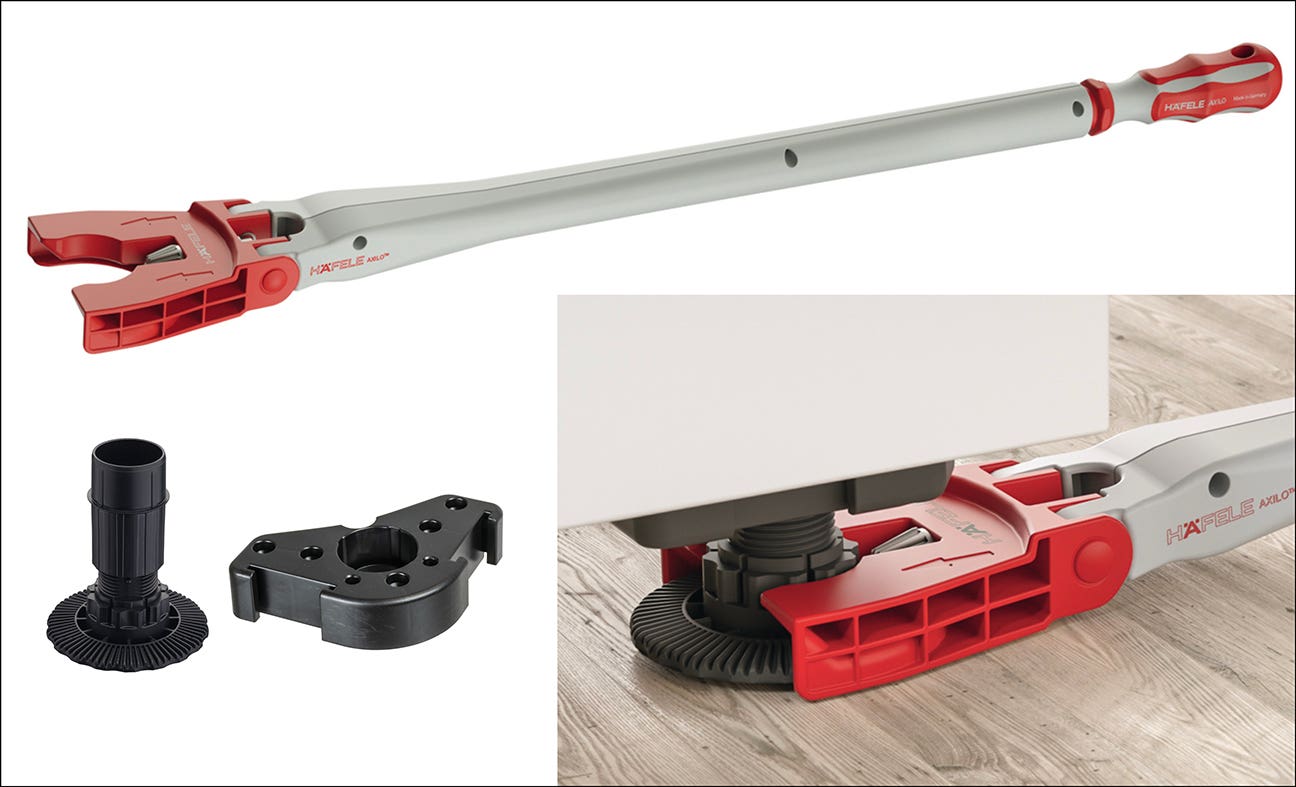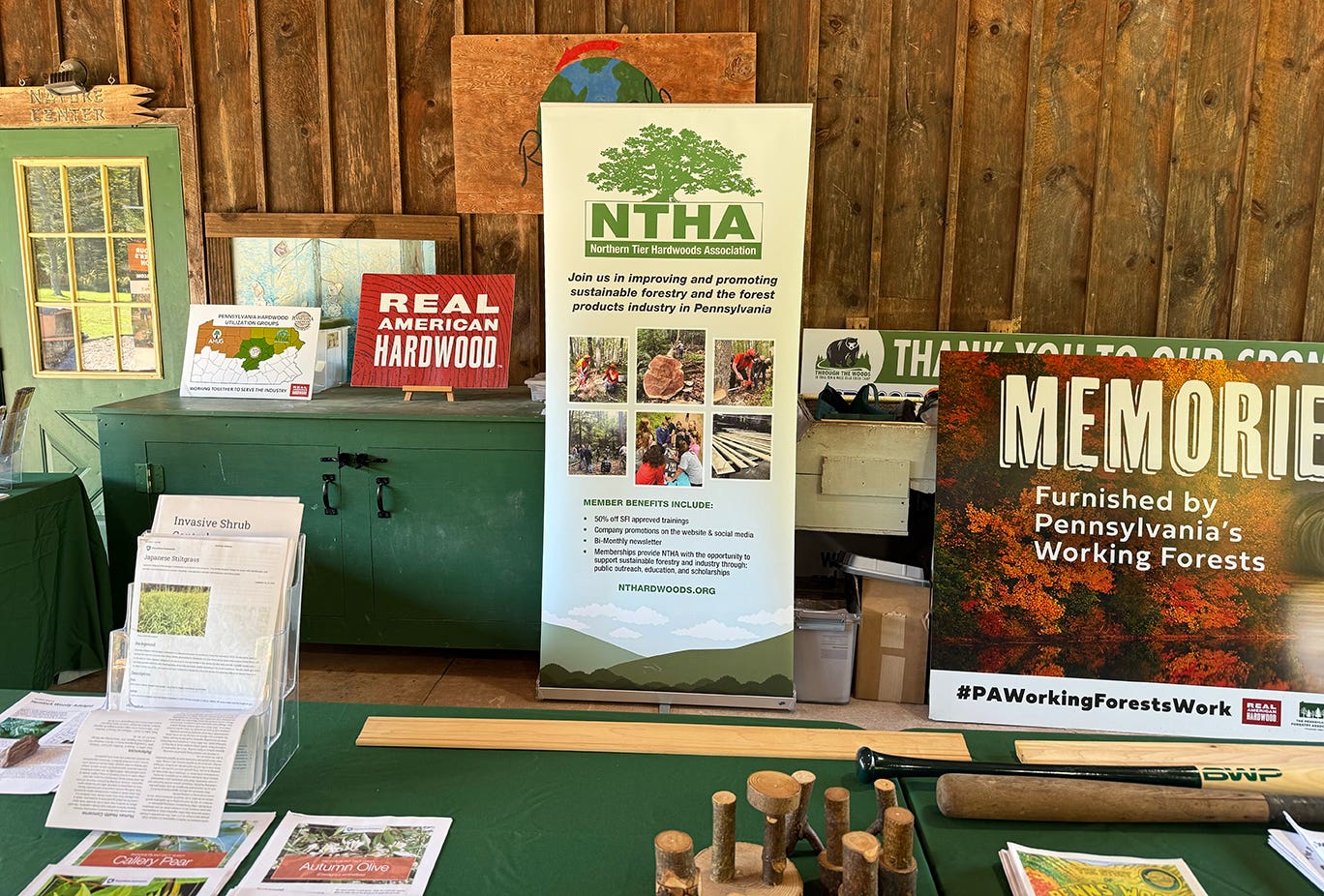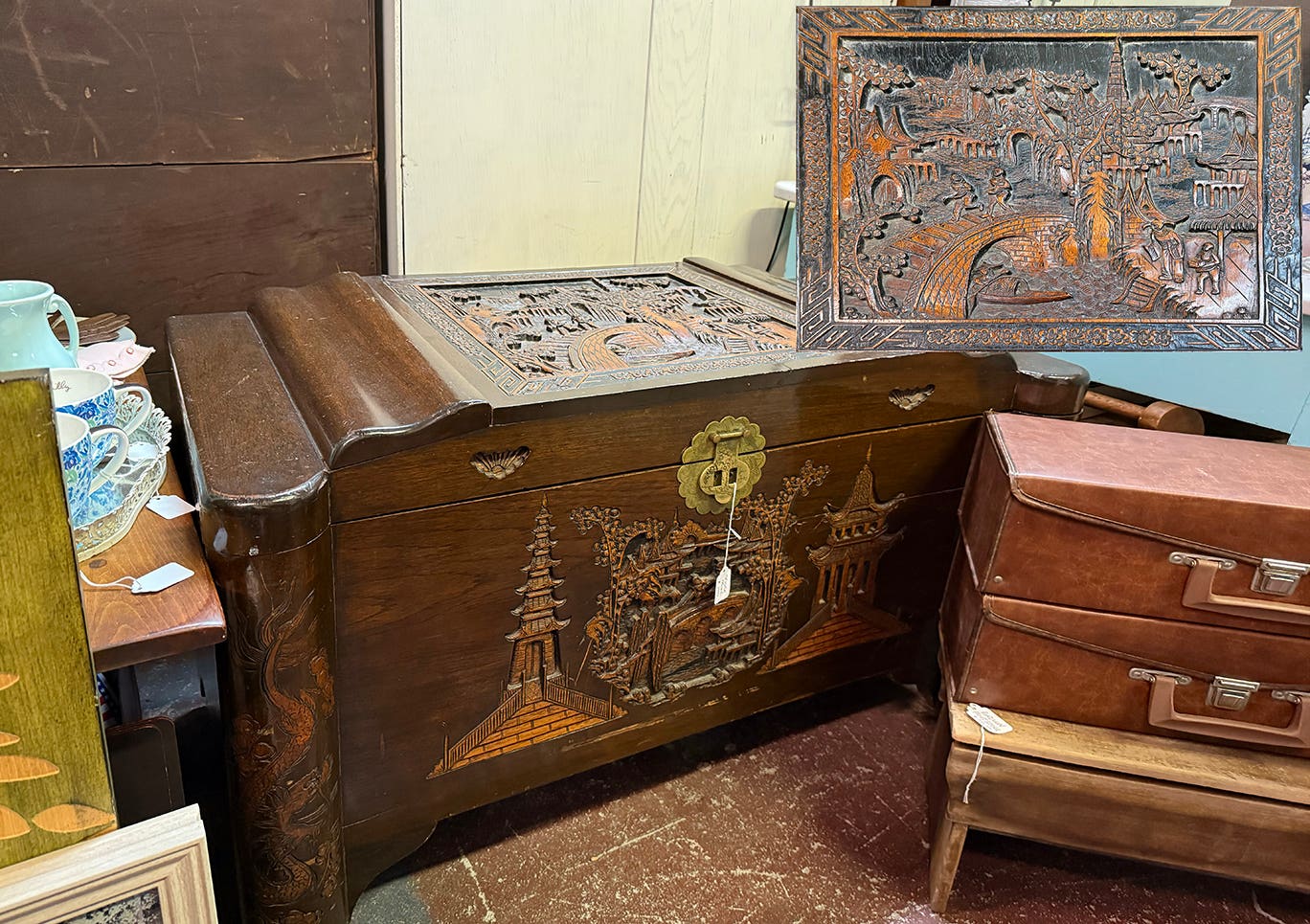Wood finishing: The early years
Wood finishes have been evolving for as long as people have been making things out of wood. Materials like natural lacquer, oils and shellac have a quality unlike anything we…
Wood finishes have been evolving for as long as people have been making things out of wood.
Materials like natural lacquer, oils and shellac have a quality unlike anything we use today. They are superior at bringing out figure and subtle color variations. But they degrade rather quickly and must be fed in order to maintain a pristine appearance.
Many antique pieces have become almost totally black. This appearance is highly prized among antique collectors but it is not what most people want to see. Generally we want the beauty of the wood to be a prominent feature of a piece, not obscured under a layer of ugly black crust. The value of many an antique has been lost to refinishing.
The other big problem associated with these finishes was the laborious and highly skilled process of applying them. Before we had air-powered spray equipment, the only way to apply a good finish was to brush or rub it onto (or into) the wood. This was time consuming and required a mastery of the material and processes that was not easily learned. Early on, this was not a big issue because the same level of labor and skill was required to produce the pieces needing finish and it was not difficult for a finisher to keep up with the rate of production. But as factory environments began to emerge, finishing became a bottleneck and more efficient methods were needed.
At the same time this was occurring, methods of synthesizing the natural finishes were being discovered and more efficient methods of finish application were being developed. Lacquer distilled from cellulose and suspended in chemical solvents could be applied to surfaces much more quickly than an army of finishers with brushes could hope for. And with the advent of compressed-air spray technology, this increased by orders of magnitude.
To be continued …
D.D.
David DeCristoforo possesses an extensive resume as designer/maker of fine furniture, high-end cabinetry and architectural woodwork. His experience in professional woodworking spans a period of 35 years. For the past 20 years David DeCristoforo Design has been located in Woodland, California. During this time David's shop has ranged in scope from a "full on" cabinet production shop with as many as 15 employees to a small fine furniture and custom millwork shop, working with his son, David RBJ, a highly skilled maker in his own right.







